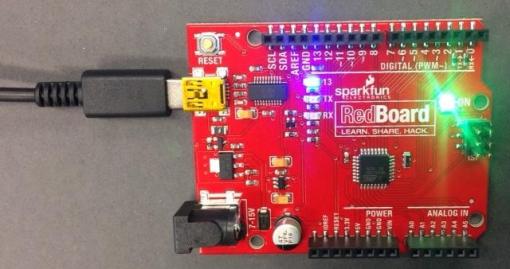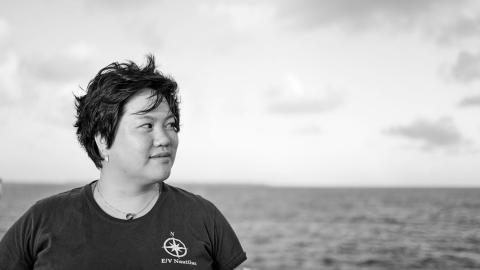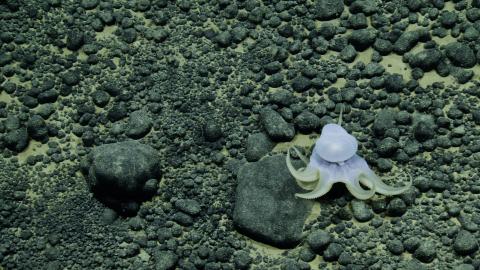Ocean Exploration Trust and the Nautilus Exploration Program seek out new discoveries in geology, biology, and archaeology while conducting scientific exploration of the seafloor. Our expeditions launch aboard Exploration Vessel Nautilus — a 68-meter research ship equipped with live-streaming underwater vehicles for scientists, students, and the public to explore the deep sea from anywhere in the world. We embed educators and interns in our expeditions who share their hands-on experiences via ship-to-shore connections with the next generation. Even while we are not at sea, explorers can dive into Nautilus Live to learn more about our expeditions, find educational resources, and marvel at new encounters.
Recent Posts

We invite you to celebrate Computer Science Education Week with our STEM Learning Module "Codes and Controlling." Use this easy-to-follow module to teach students hardware, software & #coding basics using an Arduino microcontroller. Available in English and Spanish!

Credit
Ocean Exploration Trust
Your artwork could go on an ocean adventure aboard E/V Nautilus! Students ages 5 to 18 can submit artwork for consideration for the official Nautilus Expedition Season Stickers and Patch to be worn and displayed by members of the Corps of Exploration during our annual exploration cruises and represent the expedition season for the team. Learn more: https://bit.ly/47LODnm










